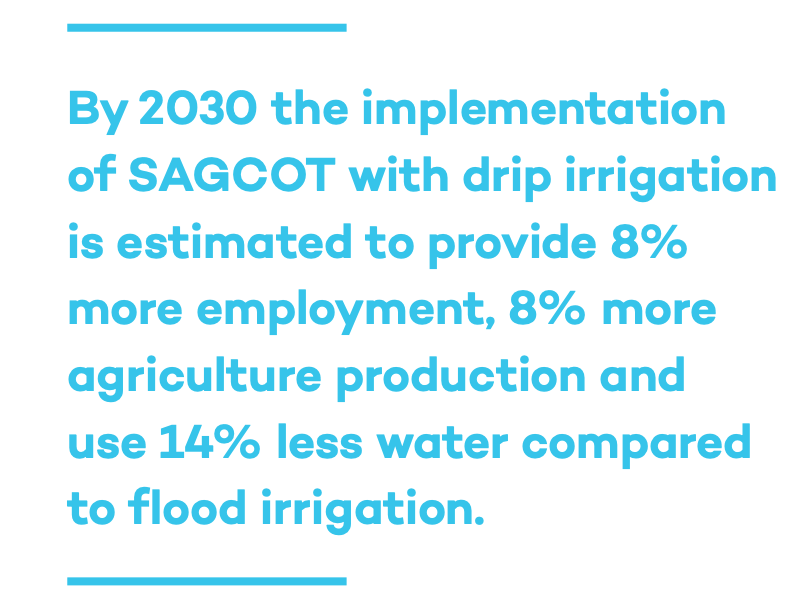Seventh Annual Report on Antimicrobial Agents Intended for Use in Animals Reveals Startling Insights
For Kilimokwanza.org
The World Organisation for Animal Health (WOAH) recently released its Seventh Annual Report on Antimicrobial Agents Intended for Use in Animals, shedding light on global trends, practices, and potential threats associated with the use of antimicrobials in the animal sector. The findings are not just crucial for the veterinary world, but they have overarching implications for human health, environmental sustainability, and global food security.
“Antimicrobial resistance (AMR) remains one of the biggest threats to global health. Our aim, through these annual reports, is to bring greater transparency and awareness on the use of antimicrobials in animals, which significantly contributes to this problem,” quoted a senior official from WOAH.
The report touches upon multiple facets of antimicrobial use, from the types and quantities of agents used across different countries to the reasons behind their administration.
One of the key quotes from the report states, “The escalated reliance on antimicrobials, especially as growth promoters in healthy animals, has exacerbated the issue of resistance, with many pathogens now showing resilience against multiple classes of drugs.”
For readers unfamiliar with the issue, antimicrobial agents are substances used to kill or inhibit the growth of microorganisms. They are critical in treating infections in animals and humans. However, when these agents are misused or overused, the microorganisms they target can evolve to resist them, making treatments less effective over time.
The WOAH’s report highlights several alarming trends:
Increased Use in Developing Countries: The data indicates that there’s a rising trend of antimicrobial use in developing nations, often with little to no regulation. “This is concerning as many of these nations lack the infrastructure to monitor and manage the repercussions of unregulated antimicrobial use,” the report mentioned.
Prophylactic Use: Another significant insight from the report is the widespread use of antimicrobials as a preventive measure rather than for treating diagnosed illnesses. This prophylactic application, especially in large-scale farming, poses an enormous risk as it provides an environment for bacteria to gradually evolve and develop resistance.
Environmental Impact: The report also focuses on the environmental aspect, noting, “Antimicrobial residues often end up in the environment, especially water sources, creating a breeding ground for resistant bacteria that can potentially re-enter the food chain.”
These revelations bring forth the urgent need for a global strategy to address this looming crisis. Many countries have started implementing stringent regulations around the use of antimicrobials in livestock. However, the absence of a global framework means that resistant pathogens can quickly spread across borders, making everyone vulnerable.
However, it’s not all doom and gloom. The report also outlines the progress made in many regions. Some countries have successfully reduced their dependence on antimicrobials in animal farming without compromising on health or productivity. Such success stories provide hope and can serve as models for other countries grappling with the issue.
One of the recommendations by WOAH is the promotion of “One Health” – an integrated approach that recognizes the interconnection between the health of humans, animals, and the environment.
“Collaborative efforts between veterinarians, human health experts, environmental scientists, and policymakers are paramount in combating the threat of AMR. It is not just about reducing antimicrobial use, but also about finding sustainable alternatives and building a system that prioritizes long-term health over short-term gains,” the WOAH official added.
For the readers of Kilimokwanza.org, it’s essential to understand the gravity of the situation. The choices made by livestock producers, farmers, and even consumers can play a crucial role in shaping the future of global health.
While the report brings the data and trends to the forefront, it also underscores the collective responsibility. Every stakeholder, from a farmer in a remote village to international organizations, has a part to play in ensuring that antimicrobials remain effective for generations to come.
In conclusion, as the Seventh Annual Report on Antimicrobial Agents Intended for Use in Animals reveals, there’s an urgency to act, educate, and innovate. Only through global collaboration and conscious decision-making can we hope to prevent a future where simple infections could once again become fatal due to resistance.
Full report- https://www.woah.org/app/uploads/2023/05/a-seventh-annual-report-amu-final-3.pdf


